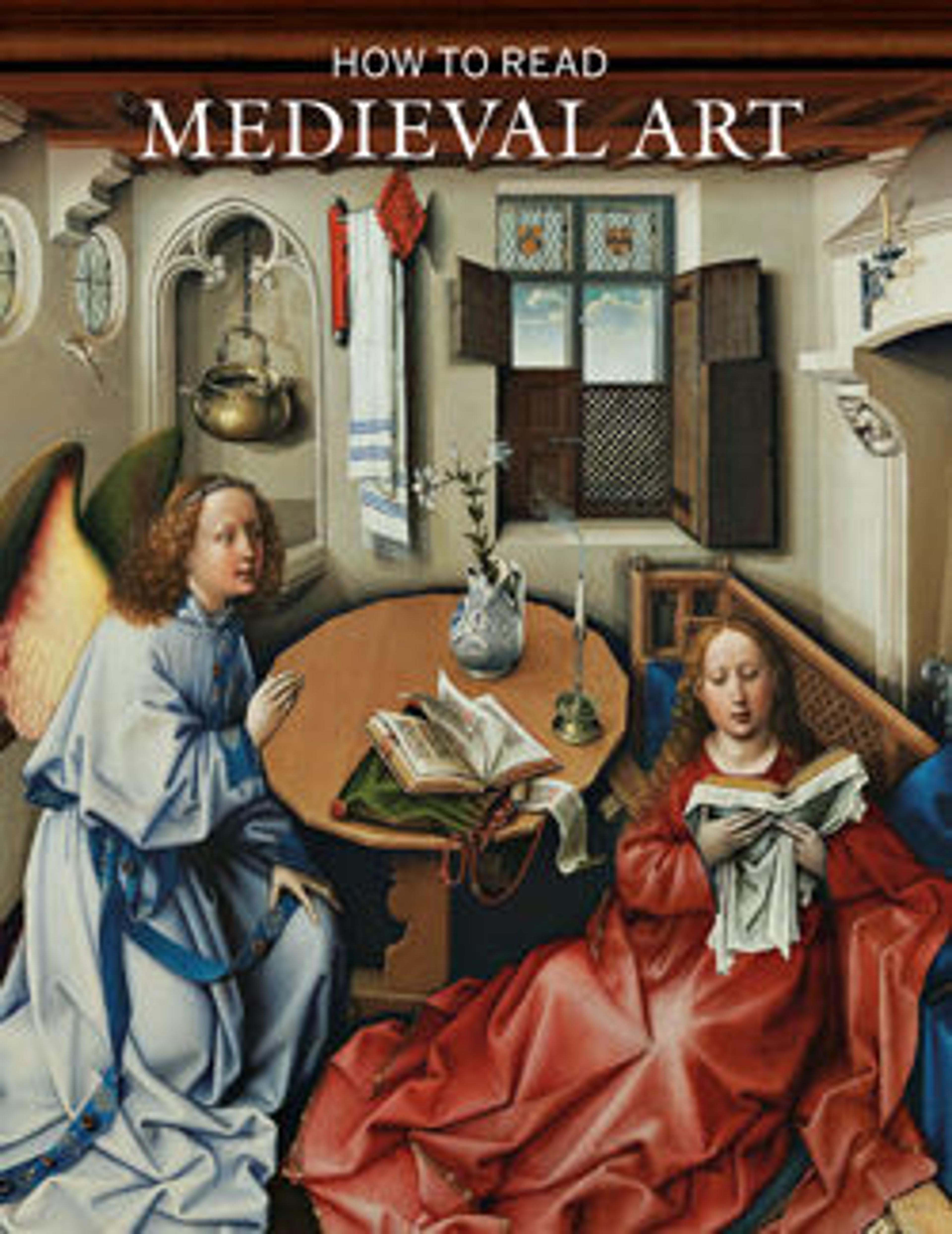Arm Reliquary
This container for the precious remains of a saint adopts the form of the relics it likely once held—fragments of a saint’s arm. When the reliquary was set on an altar, the sacred bones could be perceived in the two windows, once covered with crystal, which are cut into the silver. When carried in procession, the imposing image of the saint’s arm raised in blessing could be seen easily by the faithful, even from a distance. The rich combination of materials used for the sleeve of the saint’s vestment typifies goldsmith’s work produced in the Meuse Valley, now a part of modern Belgium, and is related to the style of Brother Hugo of Oignies, a celebrated thirteenth-century artist.
Artwork Details
- Title:Arm Reliquary
- Date:ca. 1230
- Geography:Made in Meuse Valley, South Netherlands
- Culture:South Netherlandish
- Medium:Silver, gilded silver, niello, and gems; wood core
- Dimensions:25 1/2 x 6 1/2 x 4 in. (64.8 x 16.5 x 10.2 cm)
- Classification:Metalwork-Silver
- Credit Line:The Cloisters Collection, 1947
- Object Number:47.101.33
- Curatorial Department: Medieval Art and The Cloisters
More Artwork
Research Resources
The Met provides unparalleled resources for research and welcomes an international community of students and scholars. The Met's Open Access API is where creators and researchers can connect to the The Met collection. Open Access data and public domain images are available for unrestricted commercial and noncommercial use without permission or fee.
To request images under copyright and other restrictions, please use this Image Request form.
Feedback
We continue to research and examine historical and cultural context for objects in The Met collection. If you have comments or questions about this object record, please contact us using the form below. The Museum looks forward to receiving your comments.
